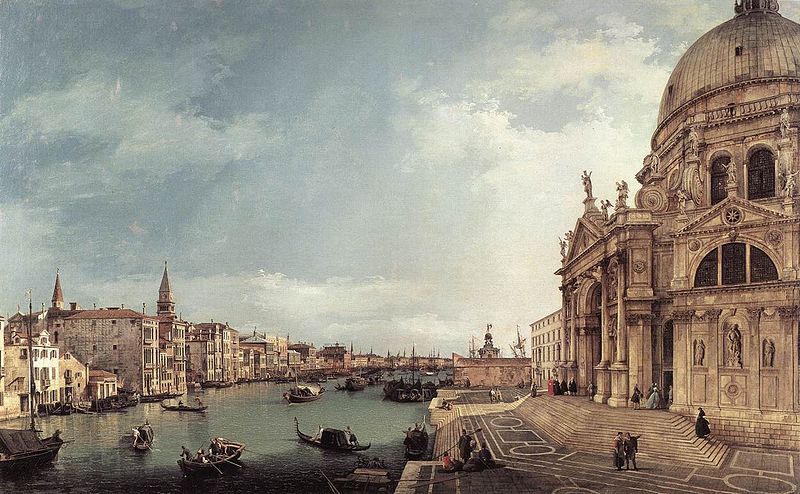White Bear ethnicity
The culture of the White Bear is influenced by the difficult condition and scarcity of resources of the subpolar areas they inhabit. Their settlements consist of tents set close together and seasonal underground villages . For all their necessity, they rely on seals and other marine animals and the little fruit and bulbs they can gather in the warmer months.
A resource that is crucial in determining their lifestyle is the wood. Little of it is available in the Gadah Laksin, so the tribes have to yearly travel south and briefly invade the territories of the Blue Boar Nation in order to gather the precious material.
The White Bear society is the less markedly matriarchal of all the Otadan the people of the plains, but still motherhood is considered a focal role in the society.
The tipical family clan is composed by one childbearing adult and two other adults that are their chosen companions. In most families the childbearing role is fixed and one of the partner is the other biological parent, but it is not rare to have triads with two or all three partners bearing children in turns. This is considerate acceptable but having two or more partner pregnant at the same time is seen as unconsiderate and frowned upon, since the reason of this type of family arrangement is considered to be having two unhindered adults capable of taking care of the child and mother's needs in this difficult environment.
Due to the fact that the communities are smaller compared to the other nations, all the decision are taken democratically among the adults of the tribe. All members, regardless of gender, are expected, compatibily with their skills, to contribute to the food acquisition during spring and summer. The winter is instead dedicated to develop their personal abilities, and craft skills and arts are encouraged in everyone. During these months the main comunity activity is the education of the children.
As mentioned, the White Bear craftiness is undervalued but possibly on the same level as many western Phaldorya countries, if the limited resources and timeframe are taken into account.
Their underground villages, in particular, are a jewel of temporary architecture, with measures carefully calculated to get the maximum from underground insulation and warmth, without risking structural instabilities.
In these villages, they have a functional system for the provision of drinking water, refuse disposal and heating for up to a few hundred people and all built in the span of a couple of weeks.
The security and comfort of such settlements is so complete, that unless the food provision has been meager, the people of the White Bear can enjoy some complete downtime during all the colder months, spending their time in leisure, study and art. Famous are the carvings they can create from the tusks and bones of some animals.
Where the western tribes rely on the help of horses in their day to day activities, the White Bears have the continuous company of Dogwolves who enthusiastically provide companionship, transport and defense and are housed with the people in the winter village, but are granted freedom to exit to hunt, so as not deplete too much the food provisions of the tribe.
The White Bear take less interest in the care of the hair, compared to the other Otadan cultures. After all they are usually covered, regardless to gender, head to toes in thick seal furs to protect them against the cold. They instead focus on decorating the only part of the body who stays uncovered, the face. Common are face decoration like bone piercings on lips, eyebrows, nose and ears, as well as face tattoos.
Despite their utilitarian approach to clothing, White Bears are not immune from vanity and for many of them the main winter month activity is the decoration of the clothes with carved bone beads and pigments.
Encompassed species



Comments